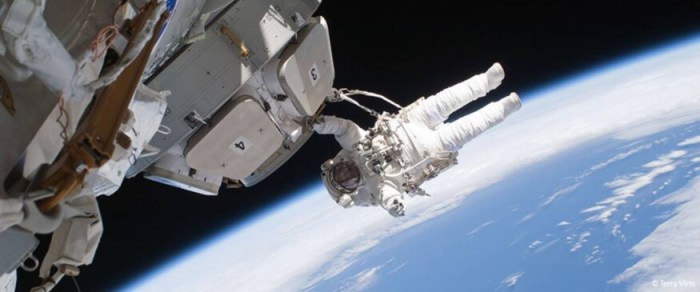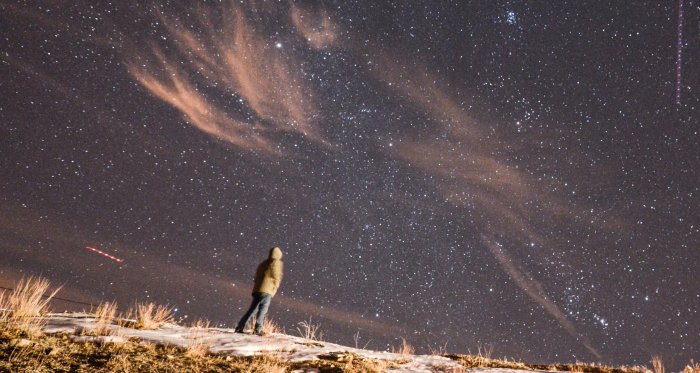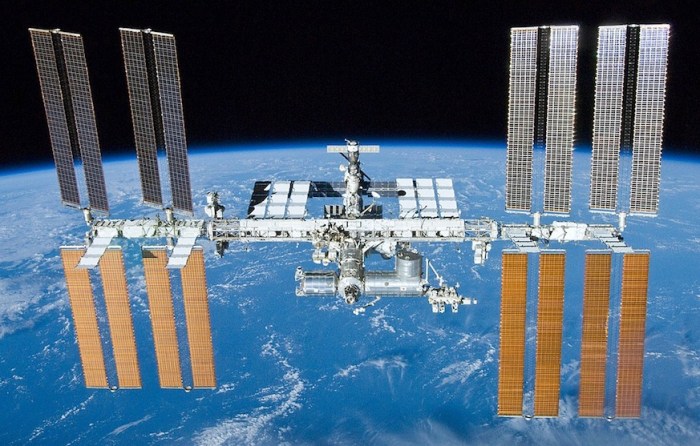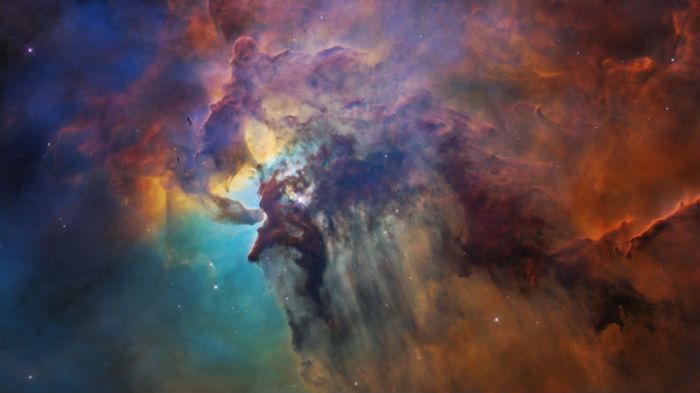Astronauts for the first time on Monday tasted food grown in space. Onboard the International Space Station, three American crew members, Kjell Lindgren, Kimiya Yui, and Scott Kelly, took bites of the freshly “space”-grown red romaine lettuce. Here are the six things you need to know that made this “giant leaf for mankind” possible, according to NASA. How did it taste?
The veggie tasted like arugula, according to astronaut Scott Kelly. A choice word given the Brits call it rocket. “Tastes good,” concluded Kelly.
Orbital Technologies Corp based in Madison, Wisconsin developed the technology and then tested it at NASA’s Kennedy Space Center in Florida. Then, NASA astronauts and Expedition 39 flight engineers, Steve Swanson and Rick Mastracci, installed “Veggie,” the name of the project, on the Columbus module on May 7. Astronaut Scott Kelly then activated the seeds on July 8, a year after the seeds entered orbit, according to the Guardian. What happened?
First, LED lights were activated inside Veggie and the seeds were given water inside growth pockets, called “pillows.” The plant pillows are special, since they contain fertilizer that can be released at different times. The growth cycle should be 28 days, though the cycle took 33 days to grow the romaine lettuce in space. How did it work?
In the absence of gravity in space, the lettuce would still grow towards the light, like on Earth, so the LED lights were placed above the plant pillows. The roots, without gravity, will still grow towards the sources of nutrients. So far, the nutrient levels and other characteristics have appeared to be quite similar to regular red romaine lettuce, according to Dr. Gioia Massa, the team leader for Veggie. What does this mean for the future?
Dr. Gioia Massa foresees that long-term exploration missions will use this technology, so astronauts can enjoy fresh veggies during the journey.
Also, astronauts won’t just be stuck with red romaine lettuce. Veggie can be used for many types of plants that grow up rather than in the ground, according to Veggie support specialist Gerard Newsham. What is still unknown?
It’s still not 100% clear that the lettuce is safe. The astronauts that sampled the red lettuce are fine but scientists at the Florida space center hope to verify it. They have installed a similar system there to continue tests.
Who were the key players?


















